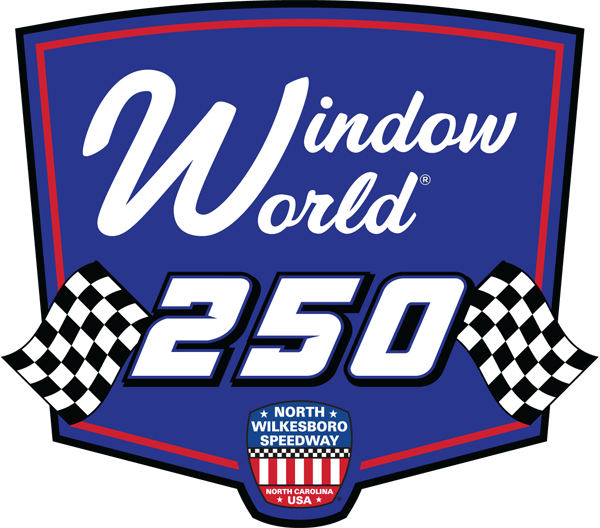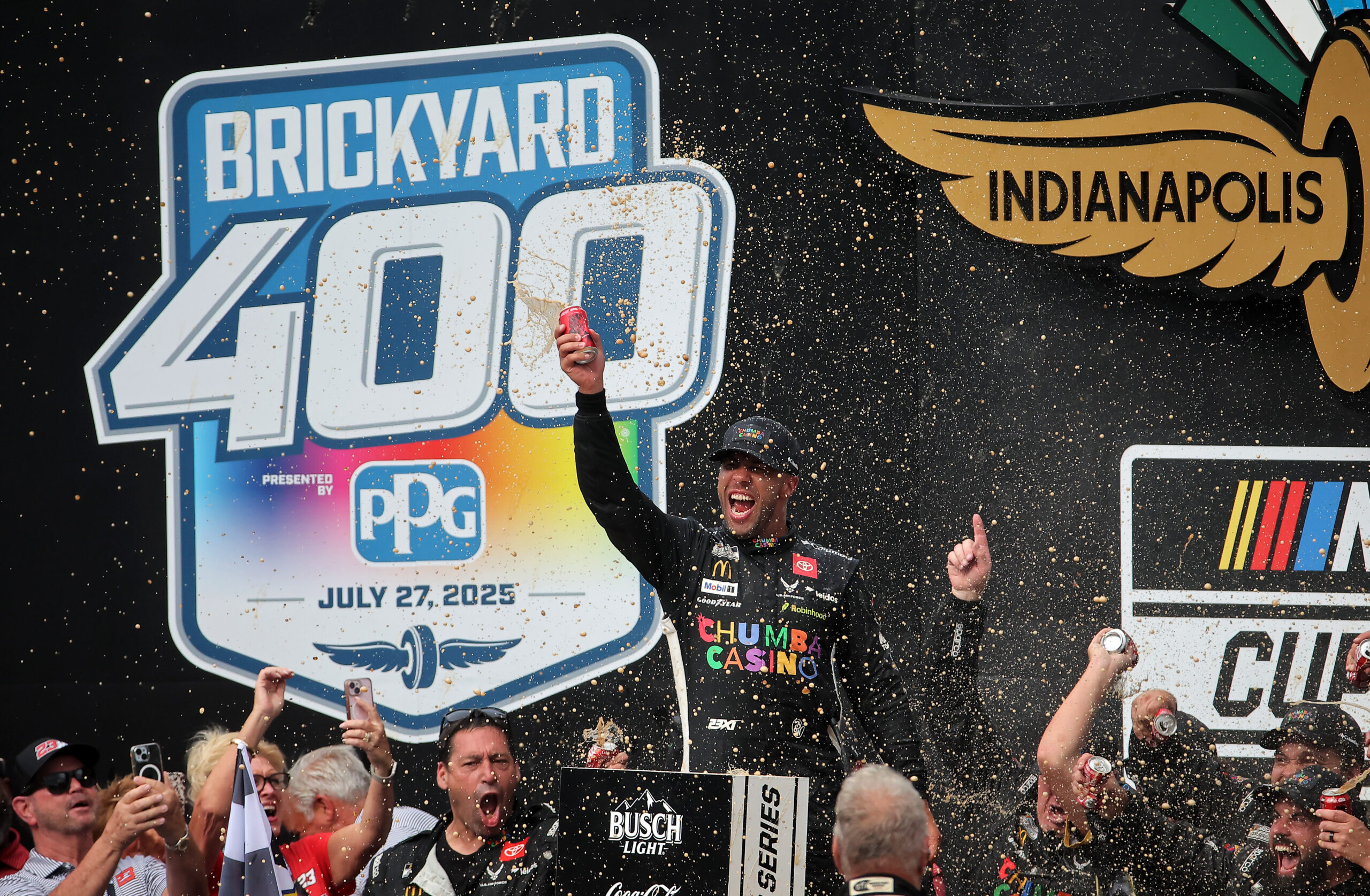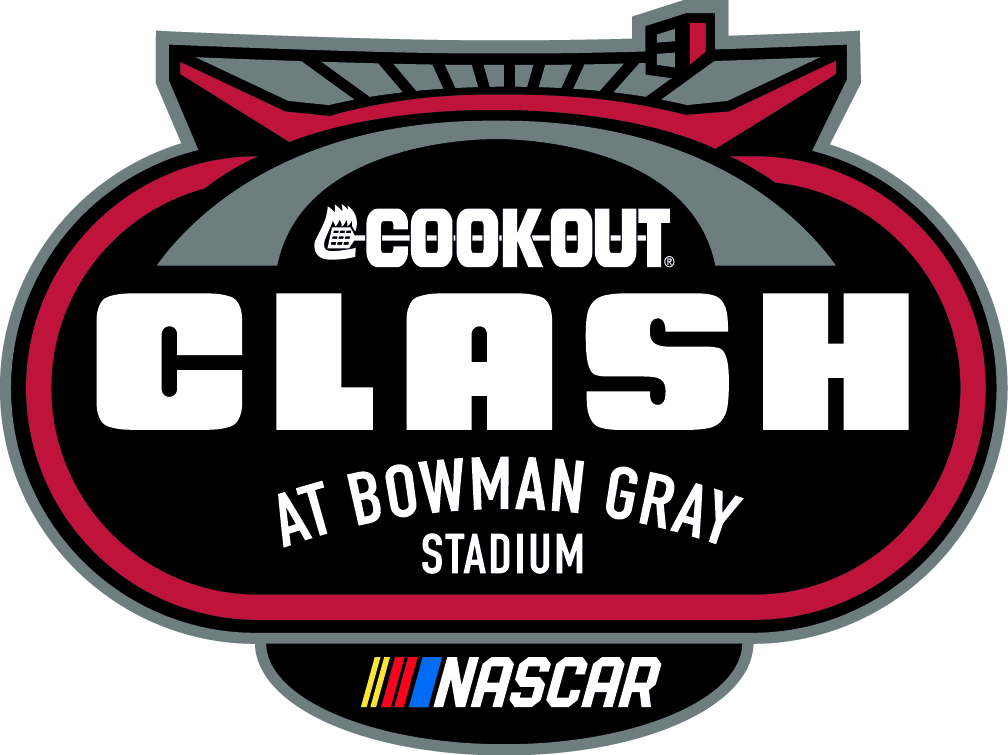
This time we are going to switch it up a bit and chat about my favourite series, The Craftsman Truck series. The NASCAR Craftsman Truck Series is the third-tier national division of NASCAR, featuring pickup truck racing. Established in 1995, it serves as a proving ground for emerging drivers and a platform for veteran competitors seeking to maintain their presence in the sport. The series is known for its competitive racing, diverse tracks—including short ovals, superspeedways, and road courses—and a unique blend of veteran experience and youthful talent.
Key Features
- Vehicle Specifications: Races are contested using modified pickup trucks, specifically designed to NASCAR’s standards. These trucks are equipped with 5.86L V8 engines, 4-speed manual transmissions, and weigh approximately 3,200 pounds without the driver. They run on Goodyear tires and utilize Sunoco E15 fuel.
- Race Format: Each race typically consists of three stages, culminating in a final segment. Points are awarded based on finishing positions in each stage and the overall race, contributing to both the Drivers’ and Manufacturers’ Championships.
- Playoff System: The series employs a playoff format similar to the NASCAR Cup Series, with 10 drivers qualifying for the postseason based on wins and points. The playoff structure includes multiple elimination rounds, leading to the Championship 4, where the highest finisher among them is crowned the series champion.

The NASCAR Craftsman Truck Series made its return to the legendary North Wilkesboro Speedway, and even through a television screen, the energy, the nostalgia, and the thrill were electric.
As soon as the race began, I was hit with a wave of history. North Wilkesboro isn’t just another short track—it’s a piece of NASCAR’s soul. Nestled in the hills of North Carolina, this .625-mile oval has seen legends race and rivalries ignite. After decades of dormancy and rebirth, seeing the trucks storm down the front stretch again brought chills.
The broadcast team did a fantastic job setting the stage. They showed clips from the track’s heyday, a time when Earnhardt and Waltrip ruled the asphalt. But as the green flag dropped, the past made room for the future.
From my couch, I watched a fierce battle unfold. The roar of the V8 engines buzzed through my speakers, the trucks dove into the corners in a tight arena, trading paint and position lap after lap. Every pass, every bump, and every slide job kept me on edge.
Ty Majeski, still riding high after his 2024 championship, drove with confidence and precision. But it wasn’t just the front-runners that caught my attention. Watching young drivers like Layne Riggs make bold moves reminded me that the Truck Series is still the sport’s best proving ground. You could see the hunger in their driving styles—even through the lens of a camera.
The best moment? A three-wide battle off Turn 4 with five laps to go. That’s the beauty of short track racing—you’re never just watching, you’re experiencing.
And North Wilkesboro delivered. The track surface, worn and rough, added character. Tire falloff became strategy. Restarts were chaotic. Fans in the stands waved their flags and raised their hands, but we at home were just as engaged—yelling and cheering.
As the checkered flag waved and fireworks lit up the North Carolina sky, I realized something: you don’t have to be at the track to feel the heart of NASCAR. Sometimes, all it takes is a good seat, a big screen, and a night like that. That being said, I can’t wait to get back to the track and sit in the stands watching my favorite series.











